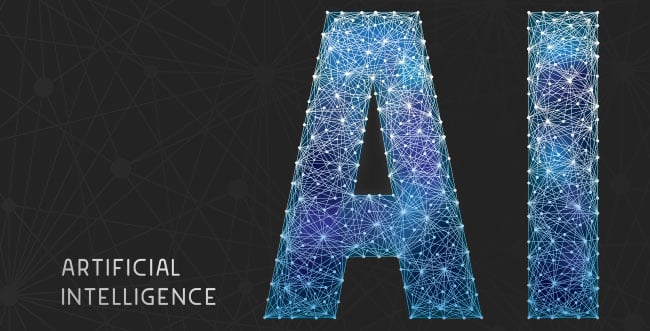
Artificial Intelligence (AI) is one of the most exciting new developments in the technology world. Advancements in artificial intelligence in the areas of physics, medicine and other complex environments is mind-boggling. But what exactly is Artificial Intelligence?
The dictionary defines it this way: the theory and development of computer systems able to perform tasks that normally require human intelligence, such as visual perception, speech recognition, decision-making, and translation between languages.
In most business applications, artificial intelligence may mean a deeper form of analytical analysis. Companies are increasingly appreciating the value of data, and there is a natural tendency for business to jump on a trend and define it in their own terms. (Remember Web 2.0, the Internet of Things (IoT), permission-based marketing, Six Sigma?)
Deloitte reports that, while 71% of companies in 2017 saw people analytics as a high priority in their organizations (31% rated it as “very important”), only 8% have usable data. The AI trend means that more companies are taking seriously the need to measure program results and to use that data to improve their programs. That’s a good thing.
For those that properly measure employee incentive, recognition and rewards programs, combining that data with other data sets will enable companies to extract useable information that can inform their future decisions. Is that “Artificial” information, or just information? It doesn’t really matter, because if done right it is Useful Information, or UI.
A small set of the great many data points that companies can measure include:
- Employee duration
- Education level achieved
- Turnover by: age of employee, tenure and position
- Job satisfaction scores by employee with trends
- Training level attained
- Participation level in discretionary company programs like wellness
- Incidents of recognition received in company rewards program
- How often feedback is provided by manager
Armed with these and other data points companies can plug this data into models that will produce results that suggest actions which could be beneficial to that company. Among the possible benefits of crunching data this way and heeding the results are:
- A more engaged workforce
- Higher employee morale
- Lower turnover / absenteeism
- Higher proficiency scores
- Better customer service
- A safer workplace
- Greater participation in wellness programs, resulting in
- A healthier workforce
- Greater customer retention
- Increase profitability per customer
- Improved ROI / profitability, and by extension
- Greater shareholder value
In more good news, The Incentive Research Foundation 2018 Trends Report confirms that companies are expanding their capabilities with predictive and intelligent technology. The AI working behind the scenes in the form of algorithms and bots that mimic the cognitive functions of human beings are now assisting workers in almost every industry.
The time is right for business leaders investing in employee programs to take advantage of the technology that allows them to calculate the true return on that investment. Partnering with an experienced firm that can guide them through effectively designing the programs as well as measuring the impact will ensure that they are maximizing that investment.


